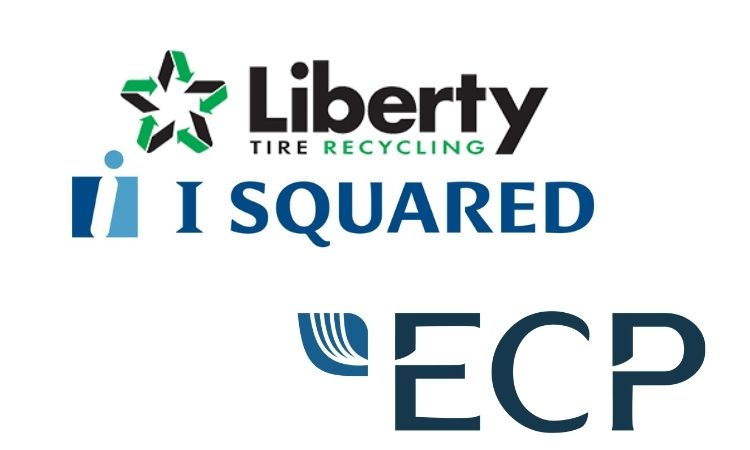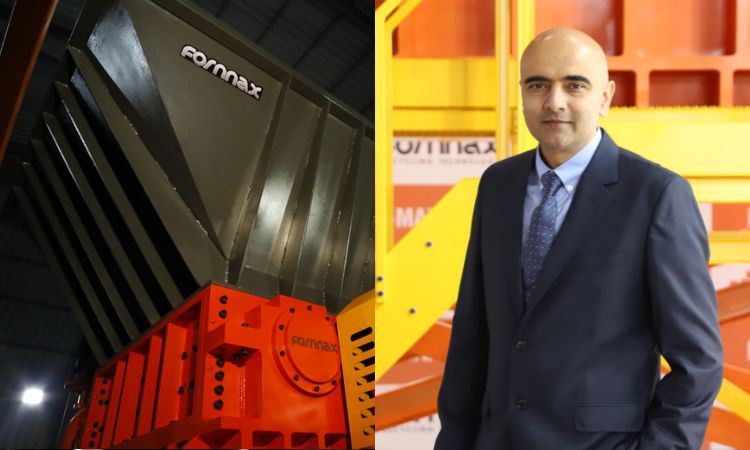Weibold Academy: More comprehensive life cycle assessments for chemicals needed
Weibold Academy article series discusses periodically the practical developments and scientific research findings in the end-of-life tire (ELT) recycling and pyrolysis industry.
This article is a review by Claus Lamer – the senior pyrolysis consultant at Weibold. One of the goals of this review is to give entrepreneurs in this industry, project initiators, investors and the public, a better insight into a rapidly growing circular economy. At the same time, this article series should also be a stimulus for discussion.
99 percent of the most produced chemicals are unsustainable
Today, more than 80 percent of the carbon backbone that most chemicals are made of is still derived from fossil raw materials. This means that neither the basic chemicals, which are made from petroleum feedstocks, nor the products made from them are sustainable.
The load limits, such as climate change, ocean acidification and integrity of the biosphere, are far exceeded by most chemicals. Some chemicals even exceed Earth's exposure limits by more than 100 times. This is the conclusion reached by the University (ETH) in Zurich in a recent study published in the expert journal Green Chemistry (2021, 23, 9881) in which the most produced 490 chemicals have been analysed through the lens of seven planetary boundaries representing critical biophysical limits that should never be exceeded.
This study was the first to quantify the problem on a global scale. After all, it has long been known that the chemical industry must move away from the use of fossil raw materials.
It is a good sign that practically all chemical companies are willing to make their production more environmentally friendly and are seriously examining alternatives to fossil feedstocks (see Birla Carbon in the context of the “BlackCycle” project) or are already using them (see BASF, which uses tire-derived-pyrolysis oil in their steam cracker to produce base polyamides).
Of course, there are also economic reasons as more and more customers are paying attention to sustainability, which has developed into a clear global trend in recent years.
New sustainability assessment necessary
Since most of the chemicals produced are fossil-based and consume more natural resources than the earth can provide in the long term, the ecological budget of our planet (and not just the carbon footprint of a particular product!) would have to be taken into much greater consideration.
The standard practice for sustainability assessments in the chemical industry today is to calculate the carbon footprint of a specific product from the raw material through production to disposal.
This so-called life cycle analysis (LCA) allows a comparison between different types of production. However, it is only suitable to a limited extent for estimating the effects on natural ecosystems. In fact, such life cycle assessments often only consider CO2 emissions and not the ecological budget of our planet.
It must therefore be a declared goal to draw up a more comprehensive life cycle assessment for chemicals that enables a direct reference to the earth's resource budget. The calculations by the authors of the current study at ETH Zurich are therefore based on the so-called planetary load limits. The scientific concept behind it describes the human influence on the seven most important environmental phenomena such as:
- climate change
- change in biosphere integrity
- ozone depletion
- ocean acidification
- land-system change
- freshwater use
- biochemical flows
For each of these planetary limits, the scientific community has already defined limits which, if exceeded, could or will result in irreversible environmental changes threatening the earth. This new assessment method proposed by the researchers could therefore be used to determine the most resource-efficient mix of different production methods for a chemical.
The role of chemical recyclers of end-of-life tires
It is estimated that 1.5 billion tires are produced worldwide each year, all of which become waste after a relatively short period of use.
Globally, these end-of-life tires (ELTs) still mostly end up in landfills or are incinerated to generate energy. Since tires consist largely of fossil-based raw materials, the ecological budget of our planet is significantly disturbed by these unsustainable and environmentally harmful landfills and recycling methods ("waste-to-energy") and waste valuable resources.
Chemical recycling of ELTs through pyrolysis is an environmentally friendly and sustainable recovery operation by which end-of-life tires are reprocessed into chemical products (recovered Carbon Black and tire derived oil) to become input feedstock for chemical plants and other industries. Valuable resources can therefore be protected with this recycling method, as extensive studies (and the large chemical industry) confirm.
It is undisputed that the chemical recycling of end-of-life tires (ELT) makes an important contribution to climate change mitigation, as:
Industrially produced blends of commercial Carbon Black (CB) mixed with the environmentally friendly and sustainable recovered Carbon Black (rCB) have not only proven their technical and commercial maturity, but also contribute to a significant improvement in the ecological footprint of Carbon Black.
Additionally, the tire-derived pyrolysis oil (TDO) can serve as a substitute for the Carbon Black feedstock (CBFS) in the furnace process (see for example the EU-funded “BlackCyle” project under the coordination of the tire manufacturer Michelin), thereby inter alia reducing the considerable emissions during the extraction and refining of crude oil.
These facts
- trigger the booming chemical tire recycling industry
- justify investments in this emerging industry also in terms of the EU Taxonomy Regulation
- explain the current very high level of concrete involvements of the rubber and tire industries in tire pyrolysis technologies and companies throughout the world
Conclusion
The practice of more comprehensive life cycle assessments of chemicals that allows a direct reference to the earth's resource balance will be required. To define a product as sustainably produced, it is not enough to "only" calculate its CO2 emissions during the production process. Most chemicals are based on finite fossil raw material resources and are therefore not sustainable. The chemical industry is already working intensively on the development of alternatives from environmentally friendly recovered resources from end-of-life tires. State-of-the-art chemical tire recycling (pyrolysis) plants are producing environmentally friendly and sustainable chemical feedstocks, they are supporting the overarching and concrete specified goals of the EU Green Deal and the UN Sustainable Development Goals, and most importantly they significantly protect the ecological budget of our planet.
Weibold is an international consulting company specializing exclusively in end-of-life tire recycling and pyrolysis. Since 1999, we have helped companies grow and build profitable businesses.









